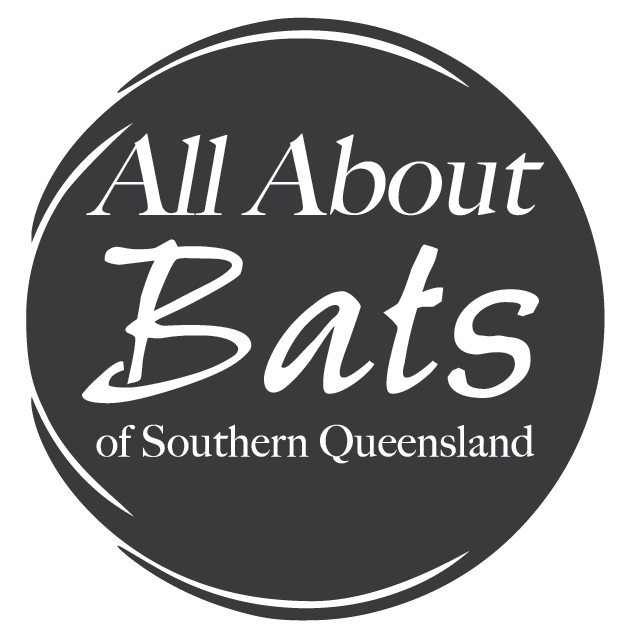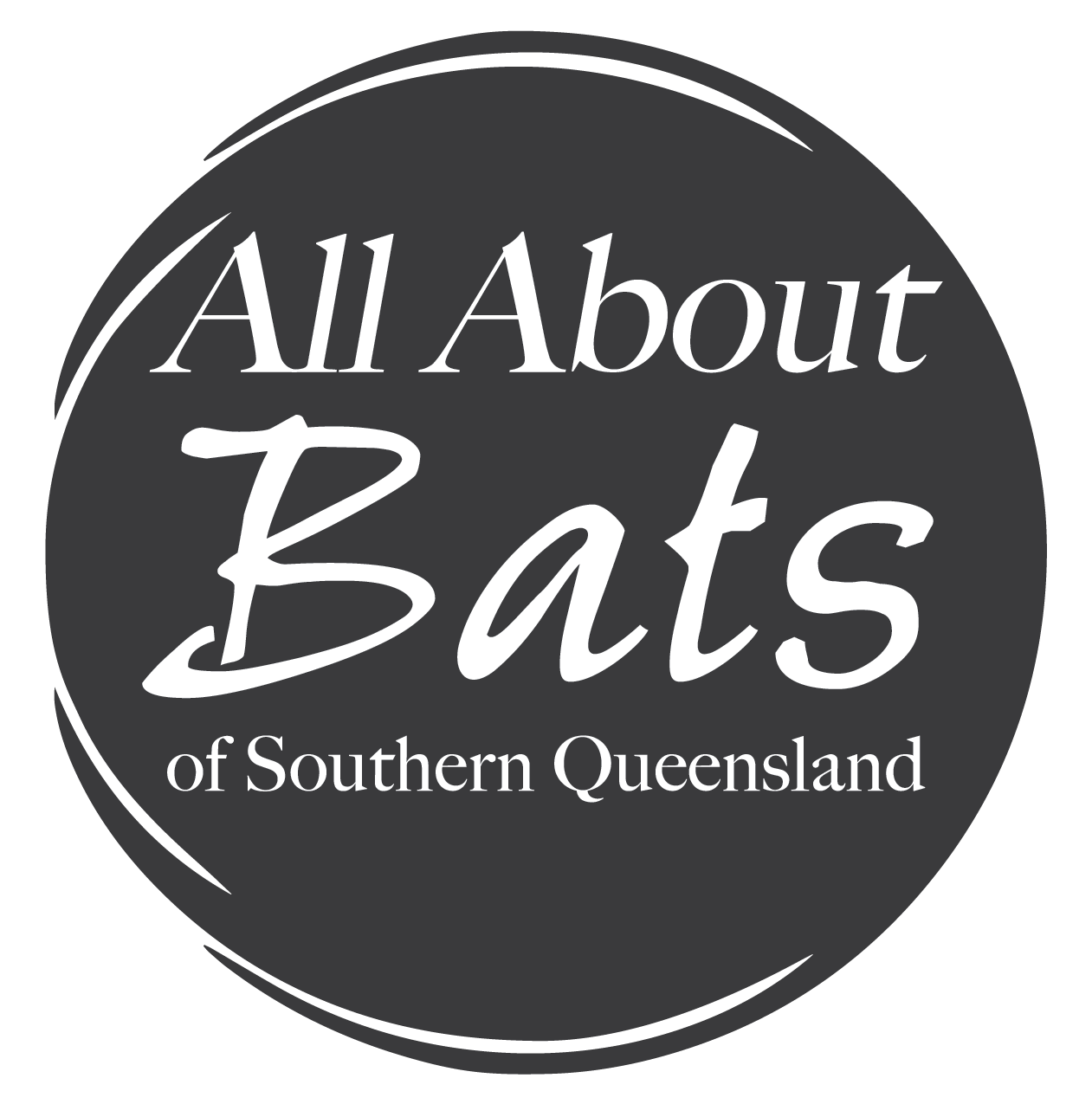All organisms need a unique combination requirements within which to live, such as food, water and shelter. The combination of these is referred to a their habitat.
Roost Sites
A bats’ roosting site is much more varied than most people automatically assume. They don’t just live in caves, but they will live in a variety of locations within the natural and man-made environment.
Cave-dwelling bats
Most people assume that bats all live in caves, whereas in fact only one third of the Australian bat population live in caves. These are all micro-bat species. The cave itself can vary in size from small cracks and crevices, piles of rocks or boulders, to overhangs and extensive limestone caverns.
Caves are an ideal environment for these bats as they provide protection during the day from most predators and the temperature is very stable (especially in larger caves) and therefore the bats have to expend little energy in regulating their body temperature.
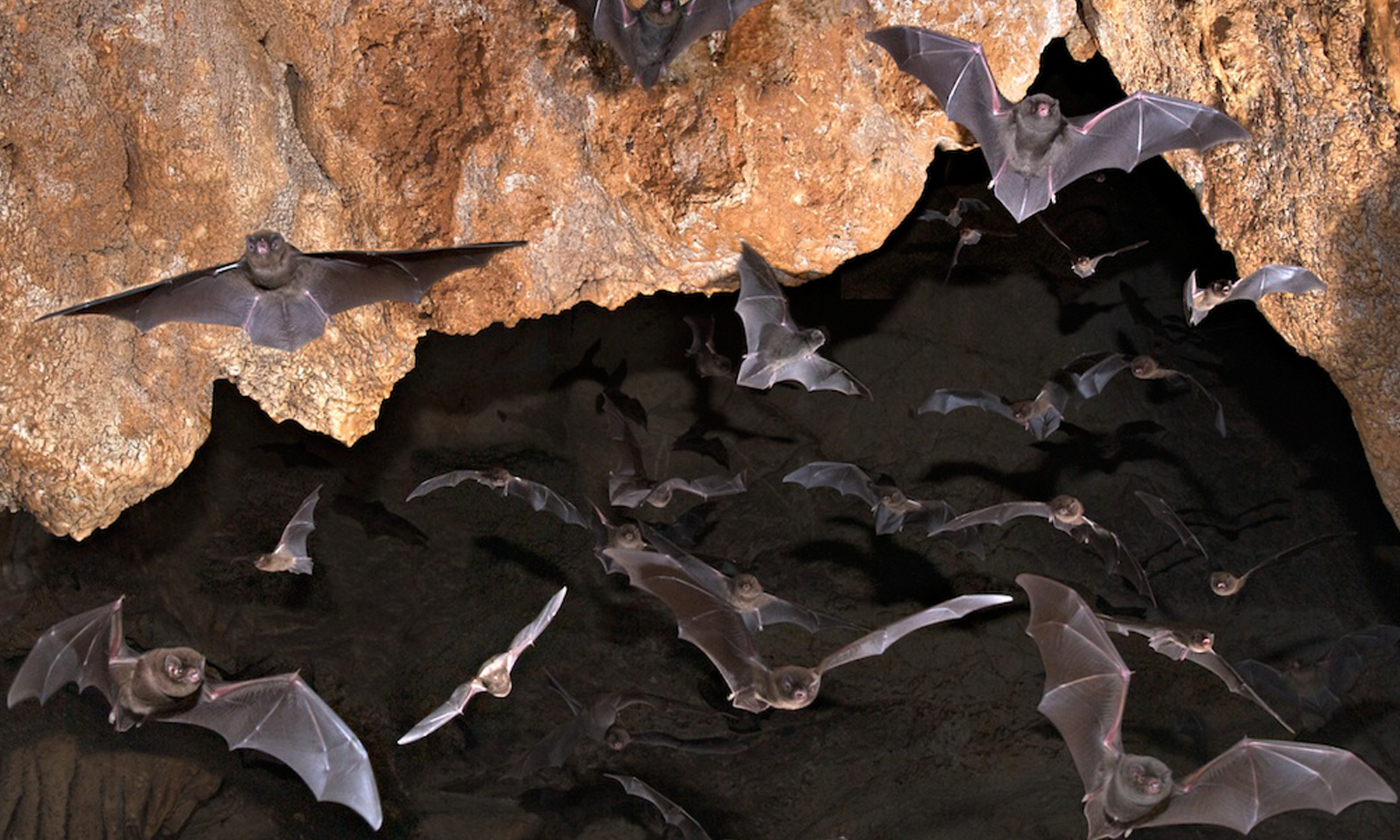
Forest-dwelling bats
All mega-bats, and a large portion of those bats that don’t use caves, will find suitable roosts within our native forests (from the dense rainforests to the open woodlands).
Mega-bats have the simplest of all roosts as they hang exposed on tree branches with little protection from the weather or predators. The larger flying-foxes will do this in large groups, or colonies. This provides them with added protection from predators. The Blossom bat and Eastern tube-nosed bat are more solitary or small group species, and their camouflage helps to protect them from predators.
Mega-bats will almost always be located near a source of fresh water (e.g. a lake, river, creek or wetland) and often be in tall trees. However, in large camps located along coastal estuaries, where there are up to all three flying foxes in residence, the Little-red flying fox can often be seen lower in mangroves while the larger Black and Grey-headed flying-foxes can be found higher in the surrounding trees.
Flying-foxes would ideally be located away from human disturbance, however human development often impedes on their traditional habitat and they can often be found in small islands of vegetation amongst urban development. This can cause a lot of angst with the residents living near the colony, especially when the colony size can swell to the hundreds of thousands. This can cause the trees to be damaged due to the shear weight of too many species. Numbers can swell like this due to the abundance of food in the vicinity, and lack of it elsewhere.
Micro-bats that dwell in the forest will do so in tree hollows or under loose bark. Eucalypt trees provide the best roosts for micro-bats due to their ability to form hollows. However, hollows can take many years to form and the removal of trees from the landscape can greatly affect the habitat of forest-dwelling micro-bats. Females will utilise the best hollows while nursing young as they require extra room and protection from predators.
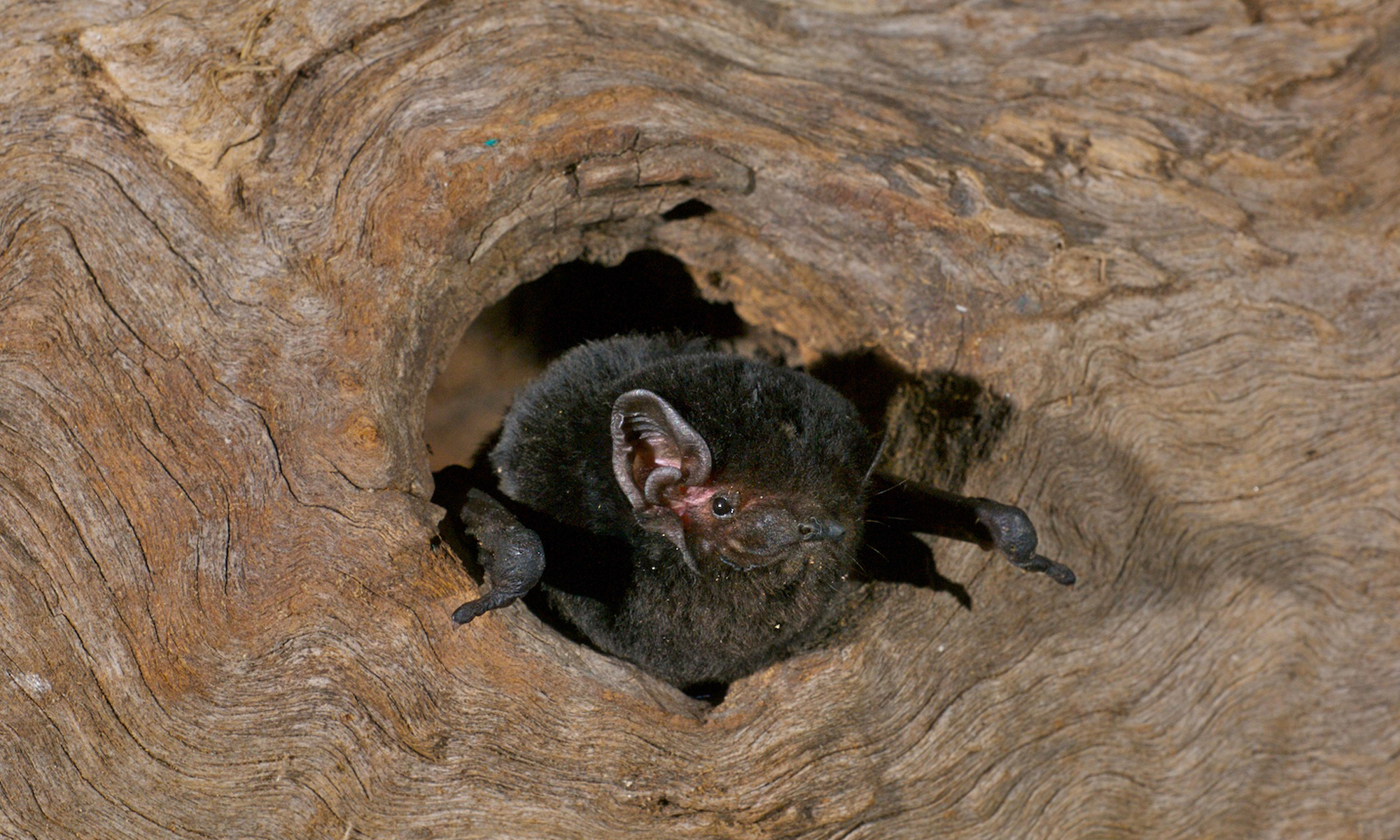
House-dwelling bats
Due to the reduction in native forests across the landscape, both for agriculture and urban development, there are some micro-bats that will utilise houses and other buildings and structures to provide suitable roost sites. There can often be very few signs that bats may be living in or around your house, but there may be droppings or an ammonia-like odour. Bats that live in your roof don’t do any harm. They will often be there for only part of the year as they travel in search of food or for mating purposes.
Foraging for Food
Mega-Bats
Flying-foxes have a highly adapted palate and tongue that enables them to only eat the bits of food they need to survive – the juice and pollen. The bulky fibre of fruit, seeds and flowers is spat out. This enables to flying-fox to maintain flight without the excess weight. This is also why flying-foxes are great pollinators and spreaders of seeds in rain and woodland forests.
Most people would not realise how quickly food moves through a flying-foxes’ digestive tract. Anything that goes down the throat of a flying-fox, reappears out the other end in an astonishing 12 – 34 minutes (with pollen taking a bit longer). This is the fastest known gut transit time of any mammal known.
Pollination and dispersal
Mega-bats have a vital role in the regeneration of native forests. Due to their nocturnal feeding habits and extensive feeding ranges, mega-bats are able to pollinate tree species which are only receptive at night.
The dispersal of seeds by mega-bats may happen in one of three ways:
- fruit may be taken from a tree, consumed elsewhere and large seeds spat out some distance from their origin
- fruit may be taken away and dropped during transport
- fruit may be taken and eaten on-site but small seeds excreted elsewhere.
The seeds of many species of rainforest trees will only germinate if moved some distance from the parent tree. Due to their ability to carry large fruit and move it over considerable distances, mega-bats are responsible for maintaining genetic diversity amongst remnant patches of forests.
As tree clearing increases, so does the importance of protecting all species of mega-bat.
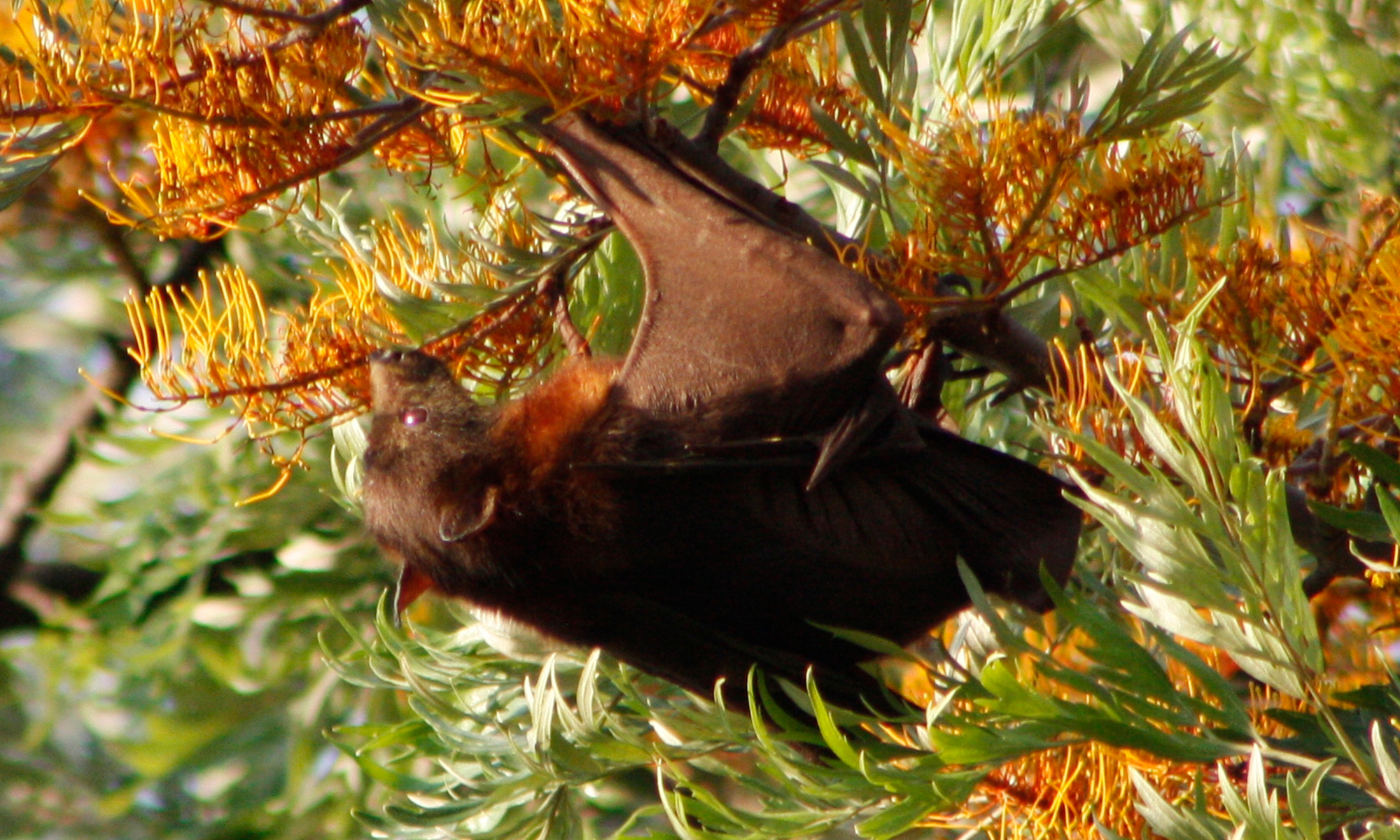
Micro-Bats
Australian micro-bats predominantly eat insects, including beetles, moths, mosquitoes, grasshoppers and ground-based insects such as cockroaches, centipedes and caterpillars. There is one Australian species, the ghost bat, that is known to eat frogs, birds, lizards and other small mammals. All micro-bats use echolocation to hunt and capture their prey.
Insectivorous (insect eating) micro-bats will eat around 50-75% of their body weight each night – sometimes this can be as much as 1200 mosquitoes every hour! This makes micro-bats extremely important for keeping insect populations under control.
Micro-bats provide an important ecosystem services, especially in agricultural areas as they feed on night-flying pest insects. If there are enough micro-bats are around, they can reduce the need for pesticide sprays. It is strongly encouraged to keep suitable stands of native vegetation with old hollows to provide habitat for micro-bats. However, if pesticide sprays are used then this can have a detrimental impact as the bats go hungry from the lack of food.
